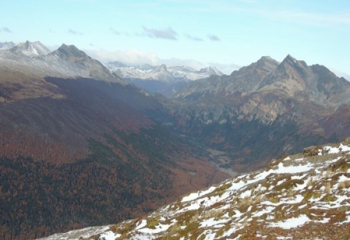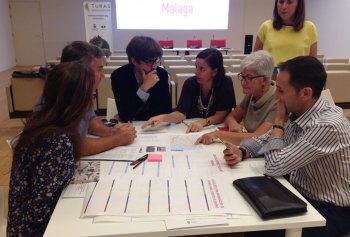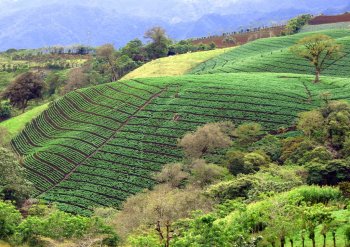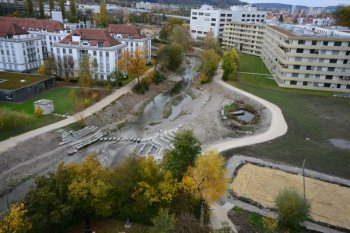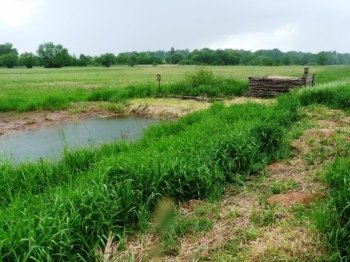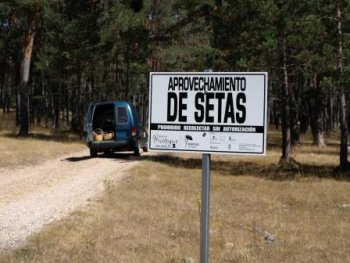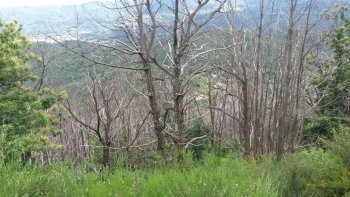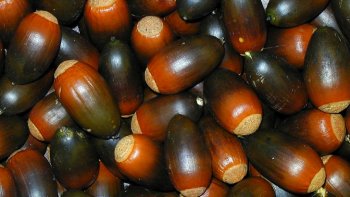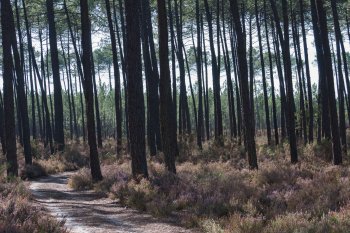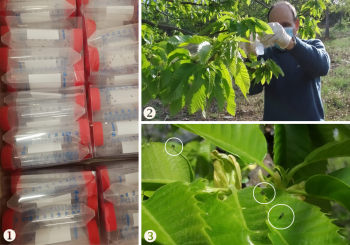Incorporation of ecosystem services in maintenance of the traditional cultural landscape of Donana in South Western Spain
Analysing the effects of the landscape planning scheme in ecosystem service performance, and exploring the ways in which ecosystem services can be explicitly incorporated in the management of the protected areas of Donana and the surrounding landscape.






